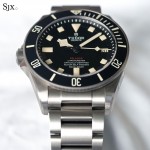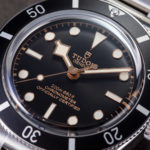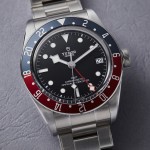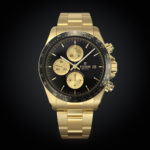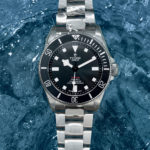Best of 2023: Value Propositions Below US$10,000
The best buys across the spectrum.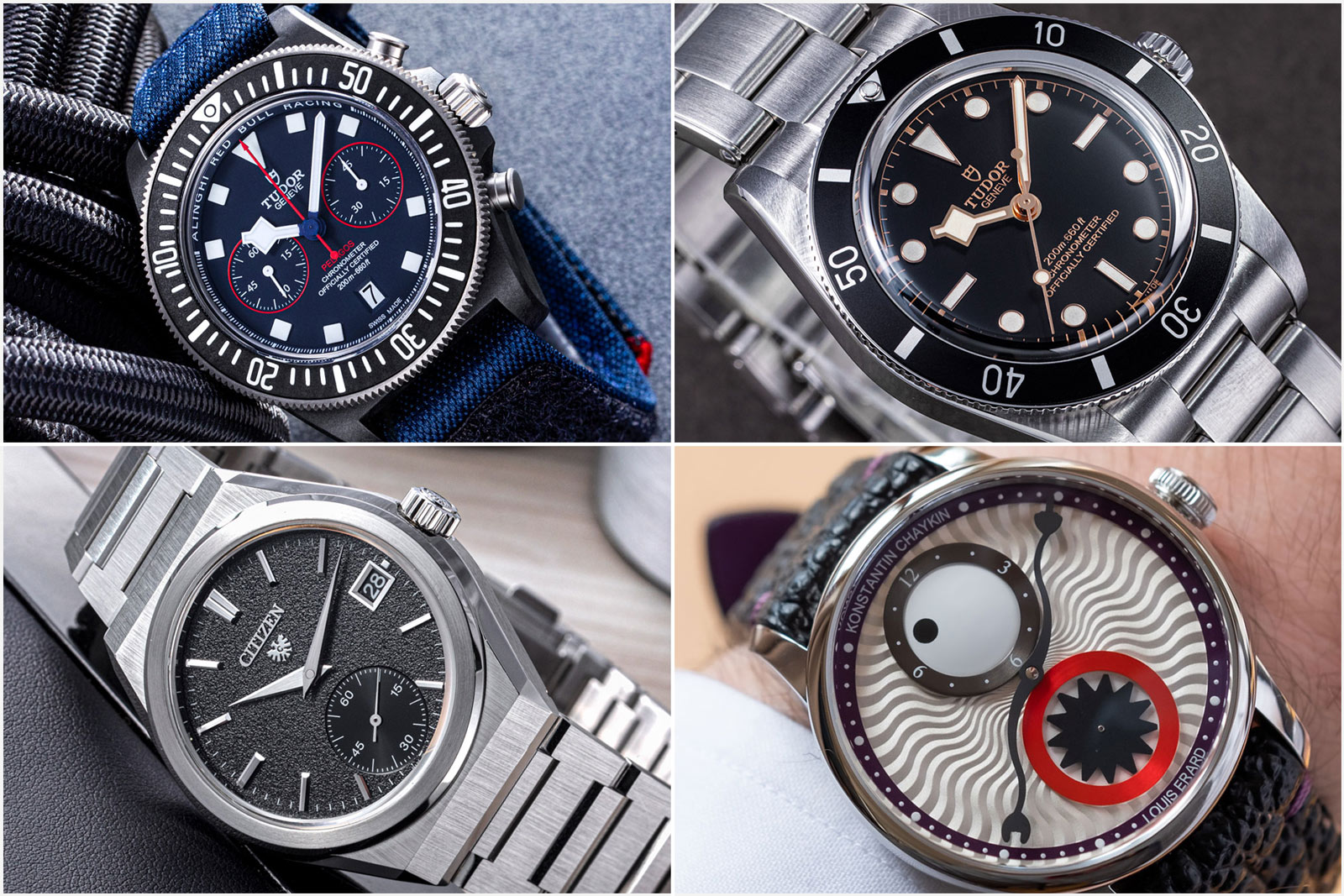
While the headline-grabbing watches of the year often featuring big complications and equally hefty prices, the year’s new launches also included a good number of value buys – both bang for the buck and accessibly priced. We have assembled a list highlighting the best value propositions of 2023, focusing on watches below US$10,000.
Leading the list is a collaboration between Louis Erard and Russian independent watchmaker Konstantin Chakyin – unsurprisingly given Louis Erard’s speciality of making independent watchmaking more accessible. The Le Régulateur “Time-Eater” continues with the whimsical aesthetic of Mr Chaykin’s bestselling Wristmons line, but the Time-Eater only has one eye in order to fit the regulator-style display.
Like Louis Erard’s other regulator models, the Time-Eater in either version, 39 mm or 42 mm, is a thick watch at over 12 mm high, while inside is a no-frills Sellita automatic. But at CHF4,000 it was one of the best value buys in terms of independent watchmaking, and also the broader market.
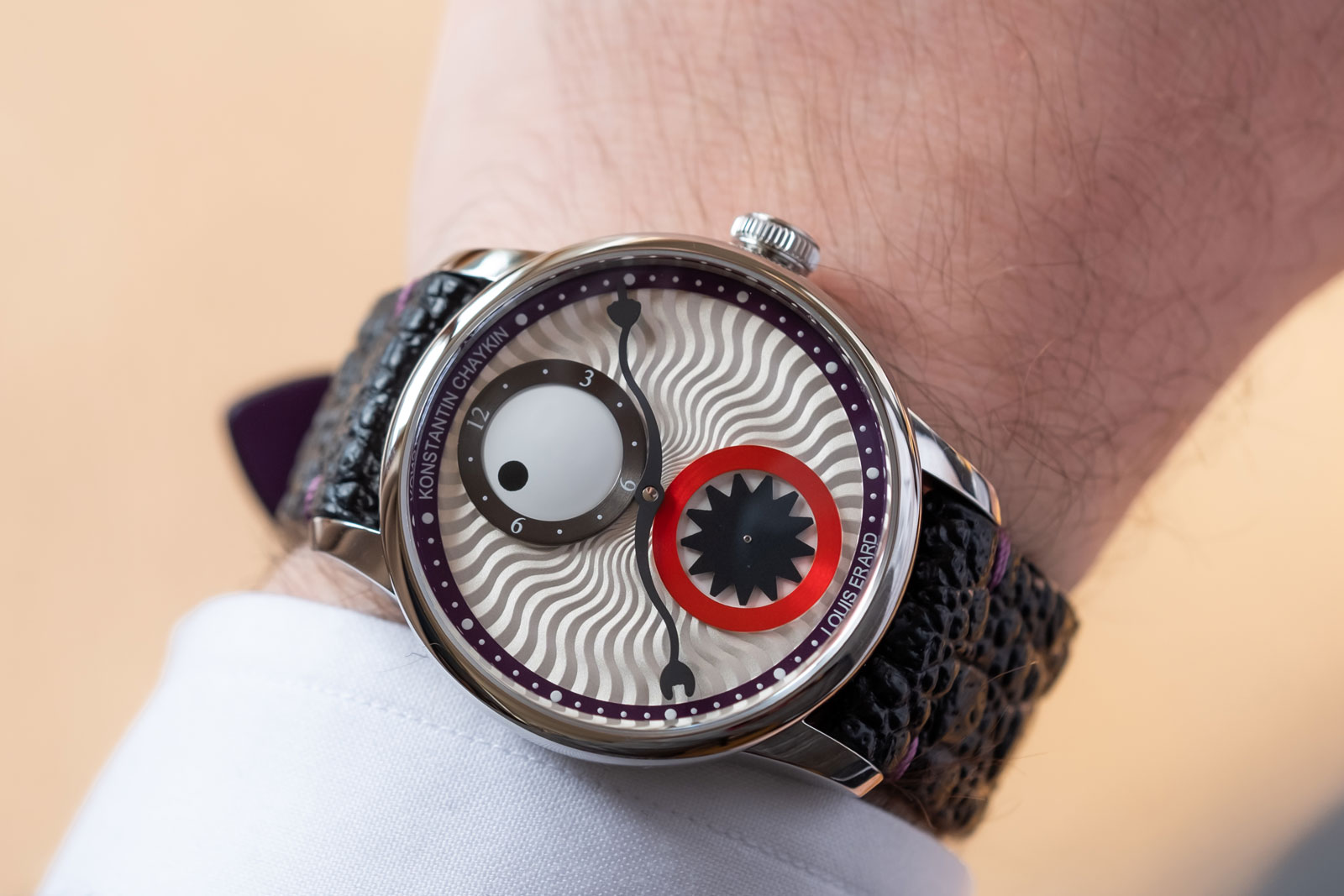
The 39 mm Time-Eater
A fixture on our annual value-propositions list for some years now is Tudor, which has consistently distinguished itself with well-priced sports watches. Granted, all of the brand’s best products are dive watches – diversity is certainly not its strength for now – but the brand does one thing really well, thanks in large part to its brand-new, expansive manufacture.
The brand had three noteworthy models in its line-up this year, starting with the Black Bay 54. Measuring a modest 37 mm, the Black Bay 54 is a basic diver’s watch with just the essentials – and it costs under US$4,000 on a bracelet. Basically a scaled-down Black Bay Fifty-Eight, it has a high-spec movement and the familiar “gilt” dial with “snowflake” hands. But the Black Bay 54 also features details catered to the collector, namely a black-and-silver with a five-minute scale that echoes the Tudor Submariner ref. 7922 of 1954.
While more modern in style, the Pelagos FXD ref. 25717N is appealing for many of the same reasons – a fuss-free aesthetic with vintage-inspired details plus an excellent in-house movement. But more interesting is what Tudor has not revealed about it: according to well-placed sources, the Pelagos FXD was created at the request of a unit of the US Navy SEALs. Not only does this resume Tudor’s historical role as a supplier to the American navy, but it is also one of the few modern watches made for a military unit for use on active duty (alongside the Tudor FXD in blue).
But Tudor’s best value buy is the Pelagos FXD “Alinghi Red Bull Racing”, available as a time-only or chronograph, simply because it combines a lightweight carbon-composite case with a sophisticated in-house movement, both features usually available on much pricier watches. Of the two, the chronograph is comparatively better value, though both share the same blue-and-black livery inspired by the yacht racing team’s colours.
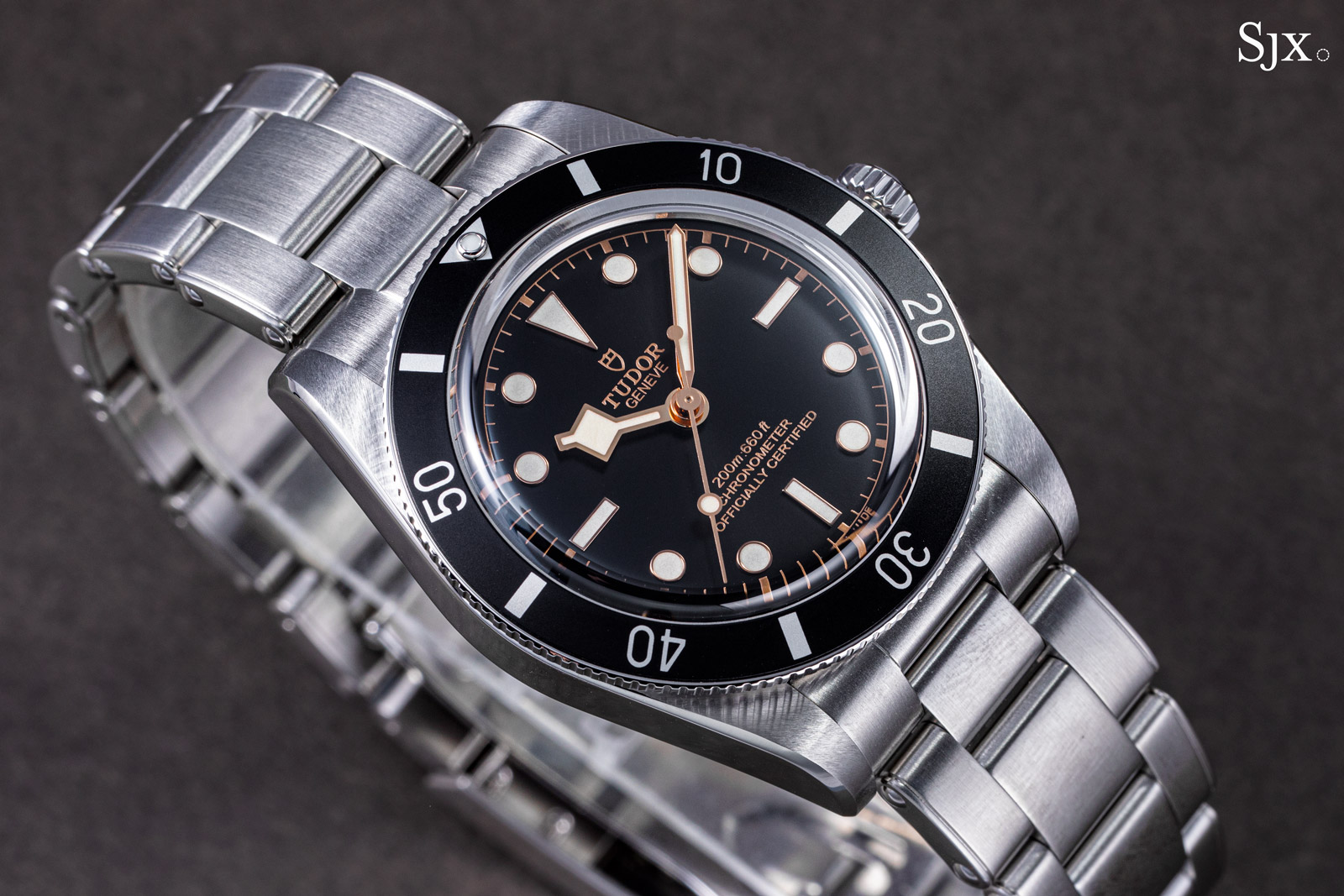
The Black Bay 54
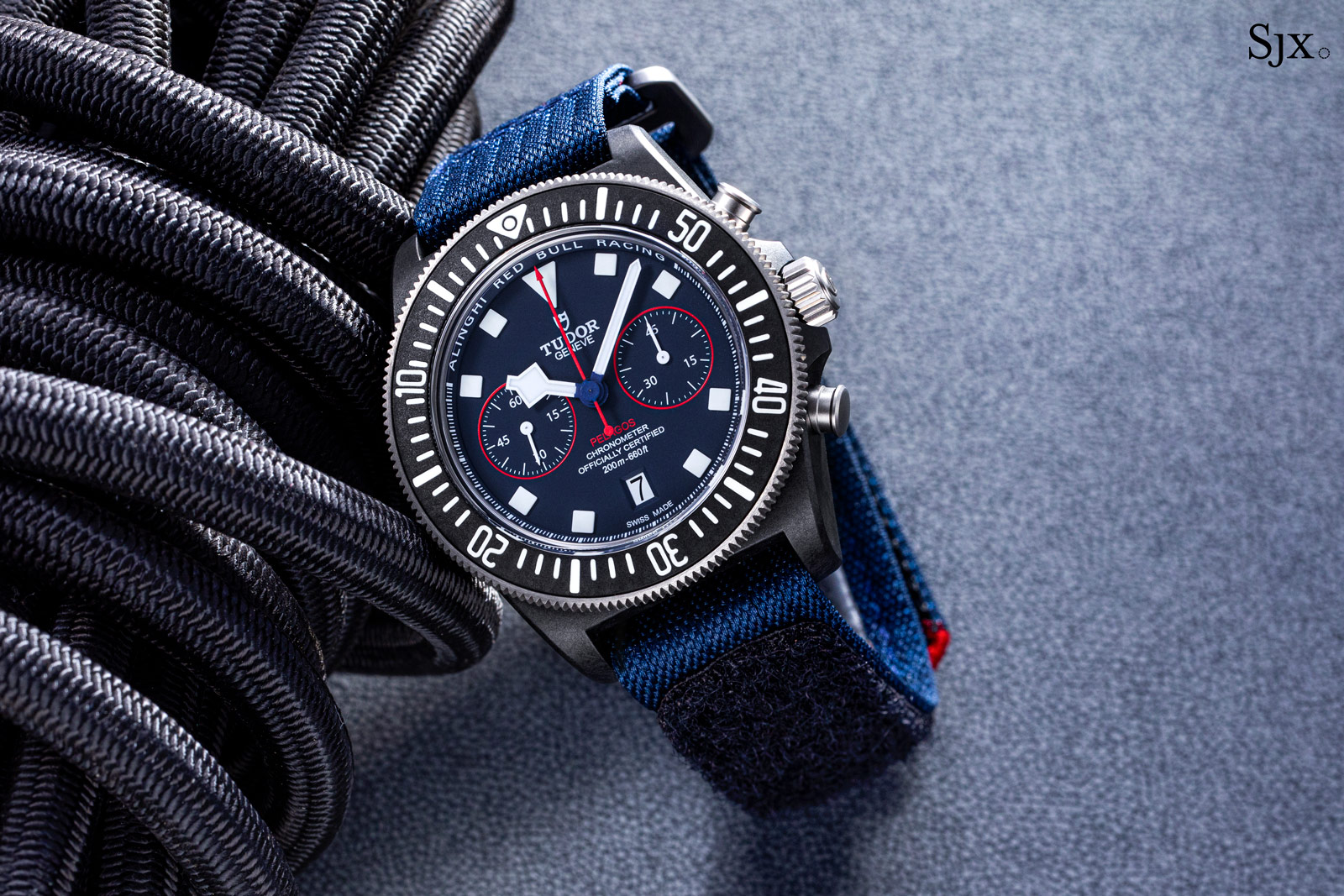
The Pelagos FXD “Alinghi Red Bull Racing”
In the category of chronographs, two brands stood out: TAG Heuer and Seiko. Both took a similar approach to the familiar complication by integrating historical elements into a new design, but with radically different executions.
Seiko’s offering is notably budget-friendly and high tech. The Prospex Speedtimer 1/100 Sec Solar Chronograph has a distinctive dial layout with separate sub-dials for the chronograph and time display that inspired by the Kinetic Chronograph of the late 1990s. Priced at less than US$1,000, the Speedtimer is equipped with the brand’s latest solar-powered chronograph movement that can measure elapsed time of up to 1/100th of a second while offering a six-month power reserve when fully charged.
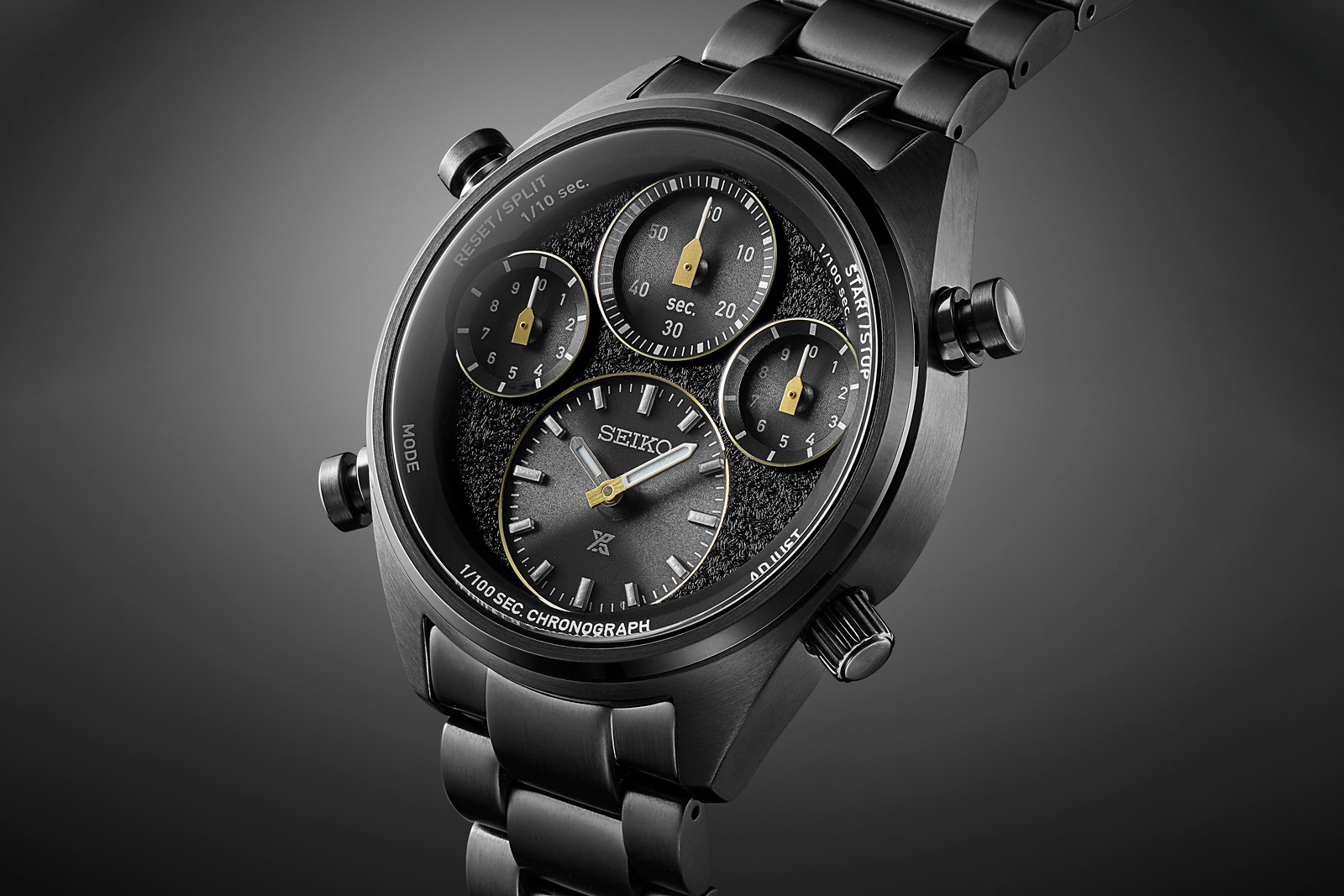
The Speedtimer edition to mark the 2023 World Athletics Championships. Image – Seiko
Pricier but entirely mechanical is the Carrera Chronograph “Glassbox” conceived to mark the 60th anniversary of the famous racing chronograph. Priced at just under US$6,500, this stands out for a vintage-inspired design that successfully incorporates modern elements, most notably a prominently domed sapphire crystal on a bezel-free case. As a result, it looks like an original design, rather than a remake.
And it’s not just about aesthetics. The Carrera “Glassbox” is powered by the TH20-00, an in-house calibre combining a column wheel and vertical clutch, while boasting an impressive 80-hour power reserve.
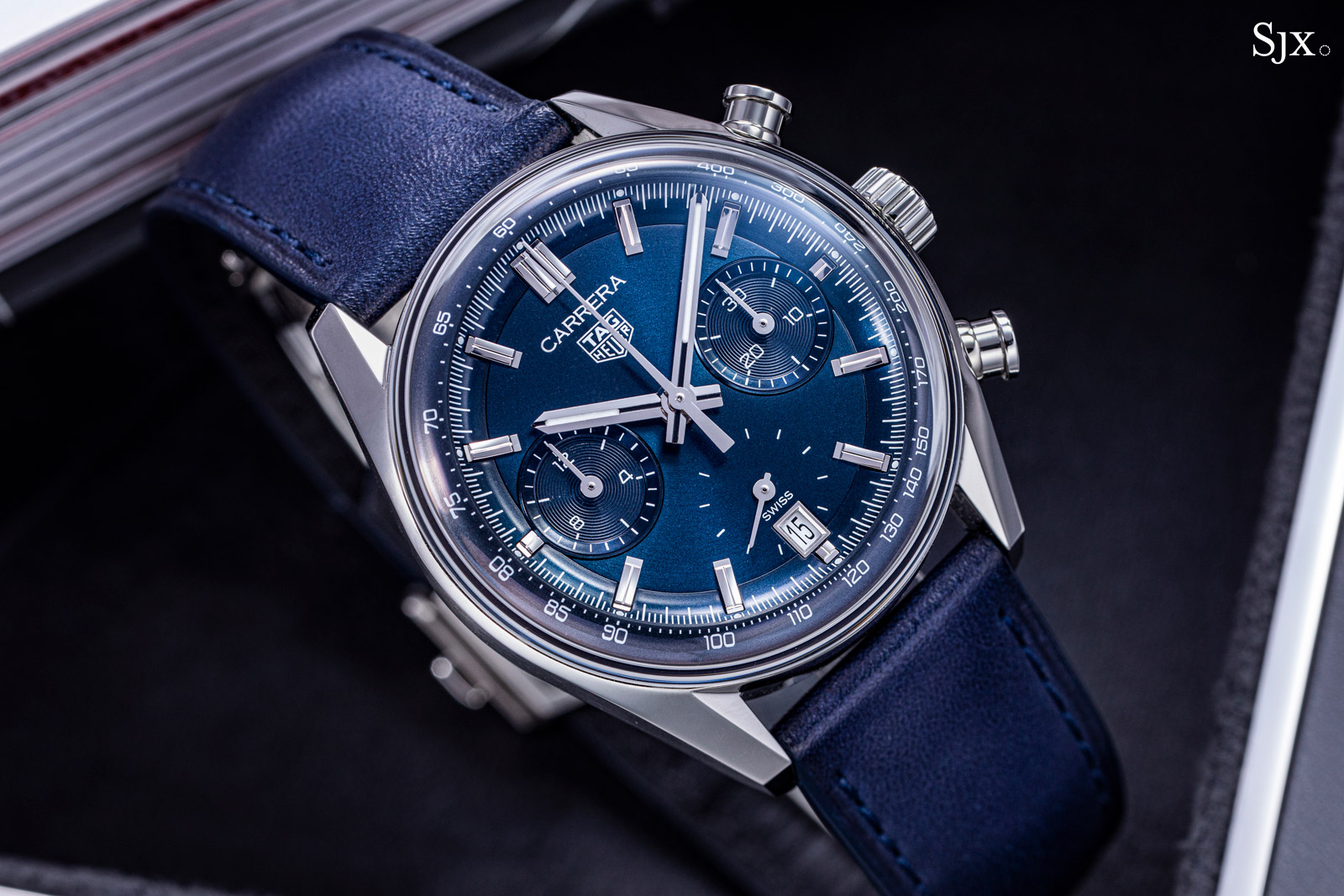
Sports watches with integrated bracelets are still a thing, even if they are not as faddish as they were a year ago. Two brands stand out in this segment, starting with Citizen. The Japanese watchmaker continued to refine its flagship mechanical watch with The Citizen Caliber 0210.
This adds a date to the Caliber 0200, but it’s not merely a modest cosmetic upgrade. The dial has been subtly reworked to accommodate the dial – details include wider hour markers – but more notable is the upgraded case that has doubled its water resistance to 100 m.
Despite being priced significantly higher than its predecessor, the Caliber 0210 remains strong value when compared to alternatives from other brands; everything else of comparable quality costs substantially more.
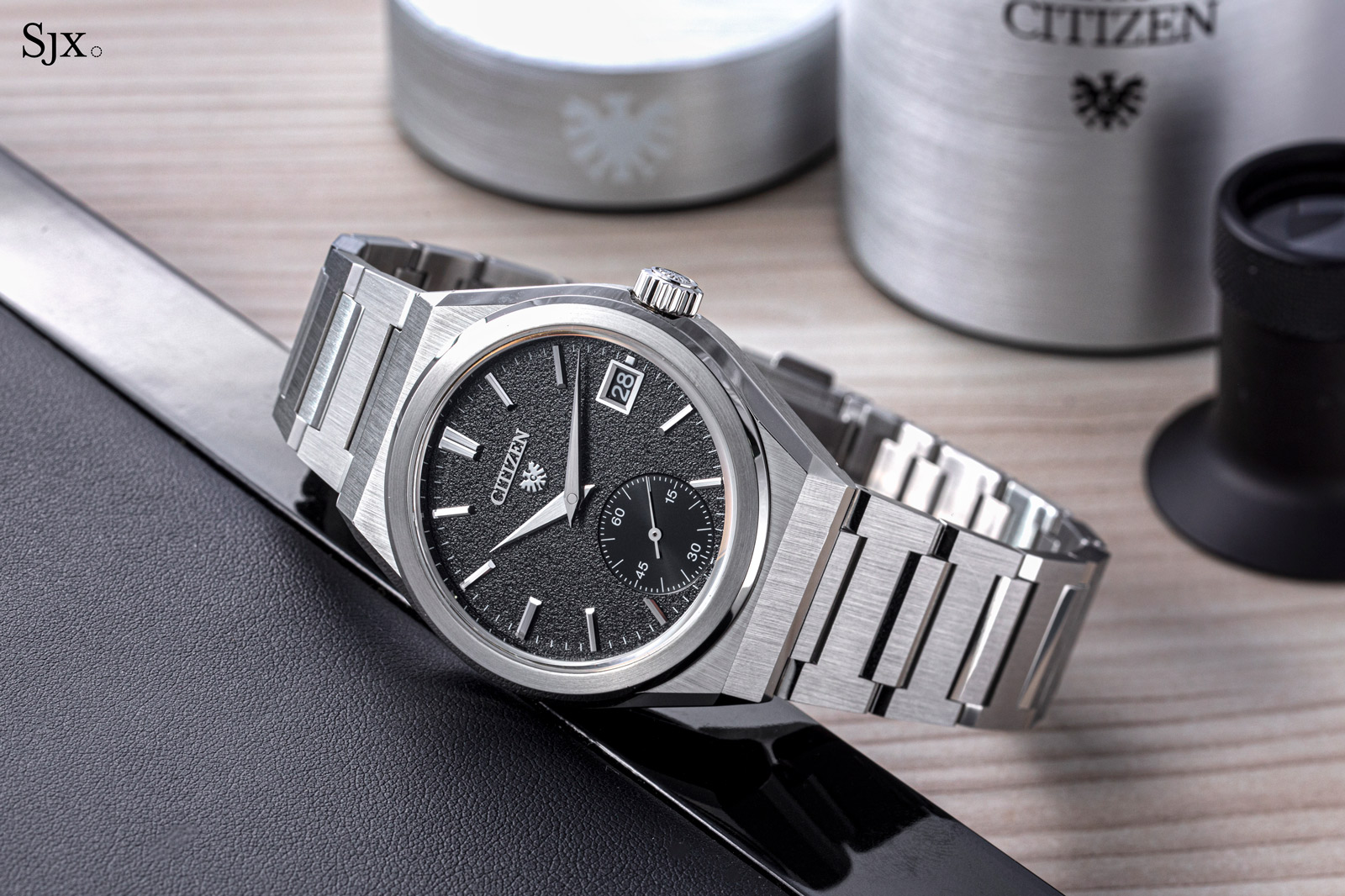
The other standout is Tissot with its reasonably priced PRX Powermatic 80 that’s now in a 35 mm size with a mechanical movement; this size was previously only equipped with a quartz movement. Starting at just US$695, the 35 mm models retain the recognisable PRX style and a surprisingly well-equipped movement that includes a free-sprung balance wheel, anti-magnetic Nivachron hairspring, and an 80-hour power reserve.
Tissot’s sister company Longines also did well, but for a dress watch. The Master Collection Small Seconds appropriates the design of the popular 190th Anniversary model while gaining a subsidiary seconds at six. Although it’s a little thick to be truly elegant, the design boasts appealing details, like engraved Breguet numerals, which make it a winner.
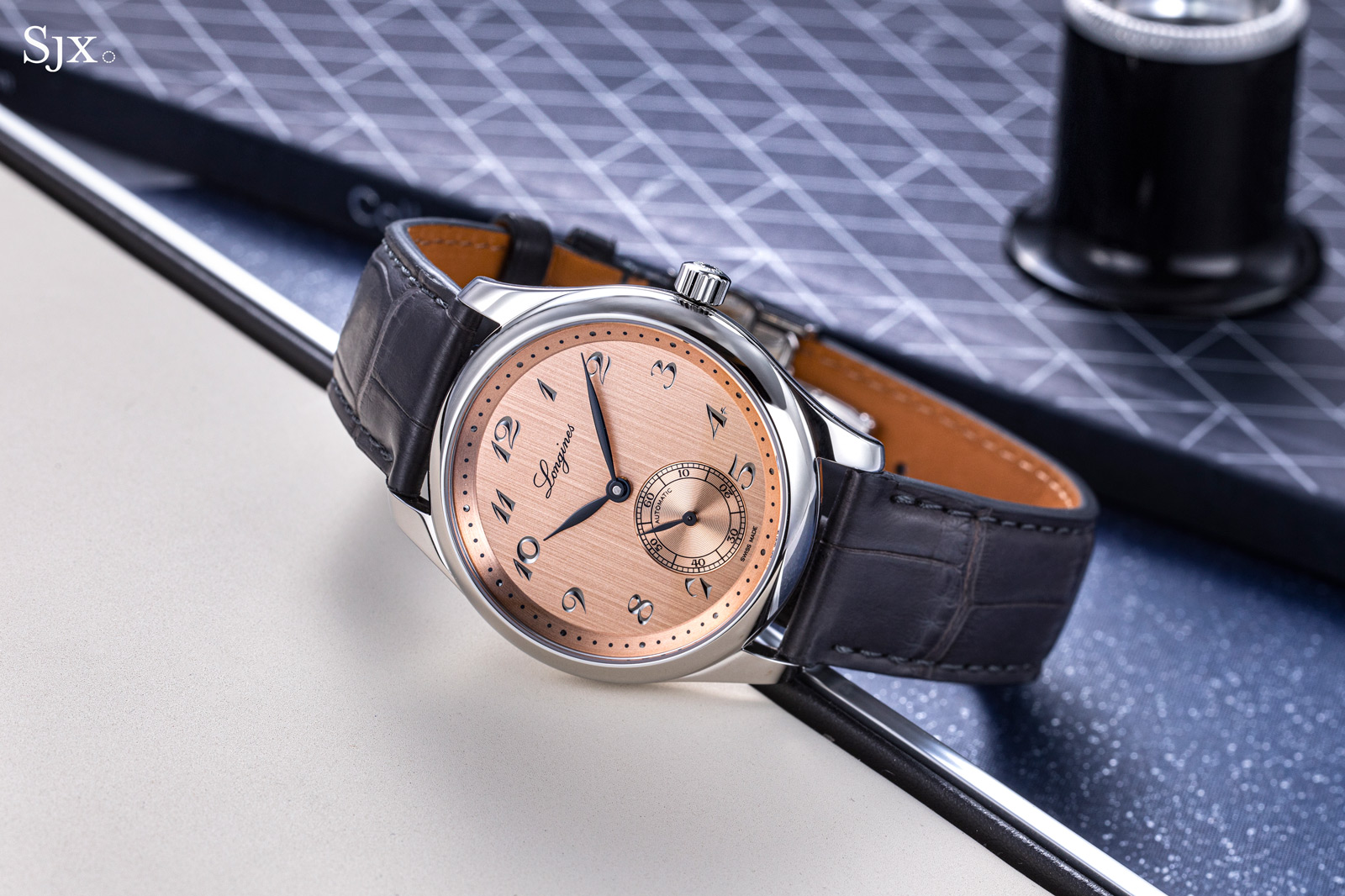
Priced at US$2,500, the Master Collection Small Seconds is affordable but still boasts a heavily upgraded ETA movement, like most of Longines’ other offerings. The calibre inside gains a silicon hairspring and extended power reserve of 72 hours, giving it a significant advantage overly watches with similar styling from micro-brands that lack Longines’ access to the top-of-the-line ETA calibres.
Back to top.

